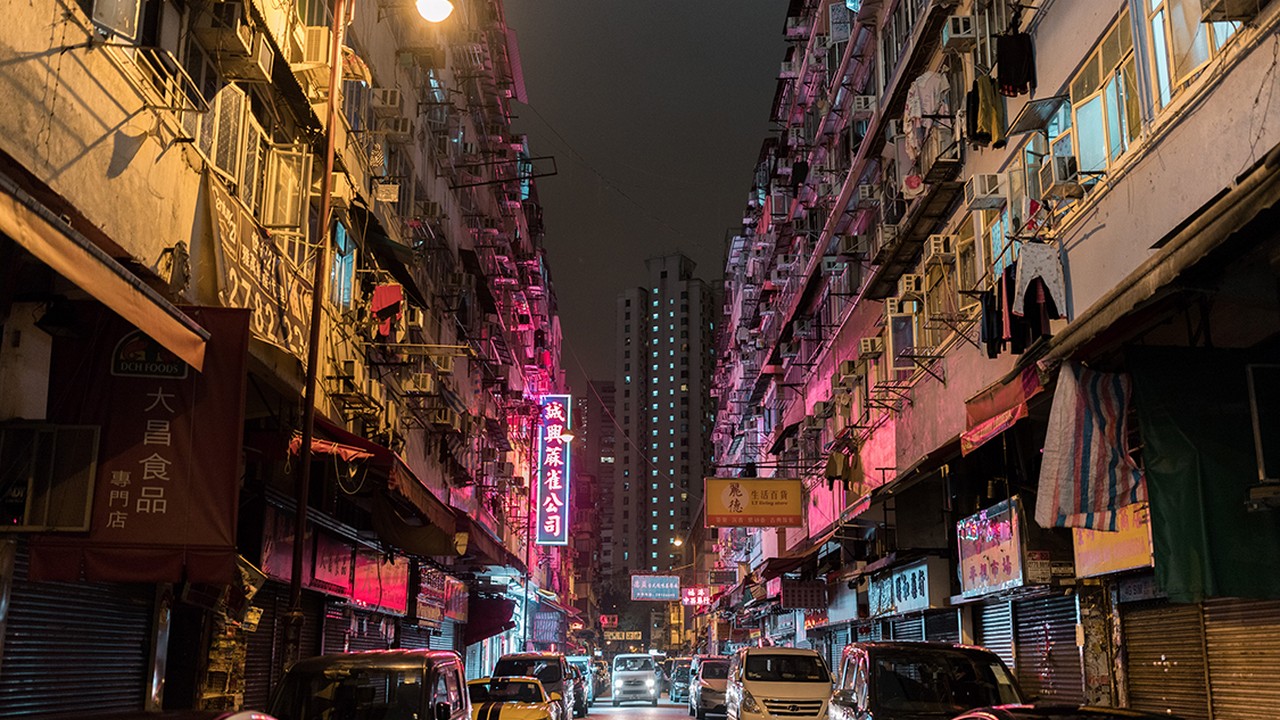The Airport Authority Hong Kong has launched a new Refund Application Platform for the air passenger departure tax (APDT) starting from 1 October 2025. Eligible passengers who have paid the APDT at the time of purchasing the air tickets may easily apply for tax refunds by simply uploading supporting documents to the platform. For more details, please visit the website www.APDTRefund.hk.
A town of customs and traditions, from temples to textiles
Hong Kong is a mingling of opposites: the cultures of both East and West; the energy of a teeming metropolis and the serenity of verdant hills; the modernity of a fast-paced financial and business hub and the history of traditional Chinese spirituality and architecture. In this sense, Tsuen Wan is quintessential Hong Kong. Located in the western New Territories along the coast, Tsuen Wan is home to the sixth tallest building in the city — Nina Tower — as well as lots of shopping malls and streets, but it’s also a place of history and culture.
Tsuen Wan became the neighbourhood it is today largely because of Shanghai industrialists from Mainland China who ventured to Hong Kong in the late 1940s, establishing textile factories where thousands of workers would create fabric and garments. The area continued to develop through the next two decades thanks to the government’s ‘new town’ plan, an endeavour to accommodate the then-booming population. Though the textile industry has since declined, old factory buildings remain, as do the workers who spent their lifetimes honing their crafts. Some among the old generation still create clothing as a hobby today, while younger Hong Kong people pay homage via textile arts.
But long before that, Tsuen Wan was a humble collection of villages and fishing boats. Some of these villages still exist, along with a number of historical buildings and temples that have been preserved due to their cultural significance. Amid the area’s modern high-rises, Hong Kong people continue to worship ancestors and pray for health and good luck at the surrounding temples during Chinese New Year. Visit Tsuen Wan and you’ll witness cosmopolitan city living and ancient traditions existing side by side.
Highlights
-
Soak up historical Hakka culture and Hong Kong’s cultural heritage at Sam Tung Uk Museum.
-
Hike Shing Mun Reservoir for breathtaking views and a variety of wildlife.
-
Wander through tranquil grounds and Buddhist architecture at the Western Monastery.
-
Discover Hong Kong’s textile and garment-making history at The Mills.
-
Hike through villages along the Yuen Tsuen Ancient Trail.
-
Learn about Ma Wan island’s history at the Fong Yuen Study Hall.













